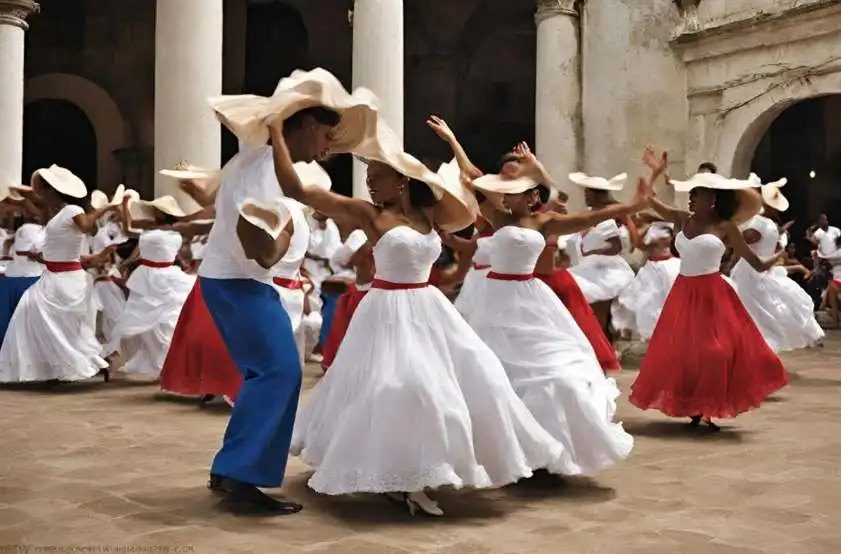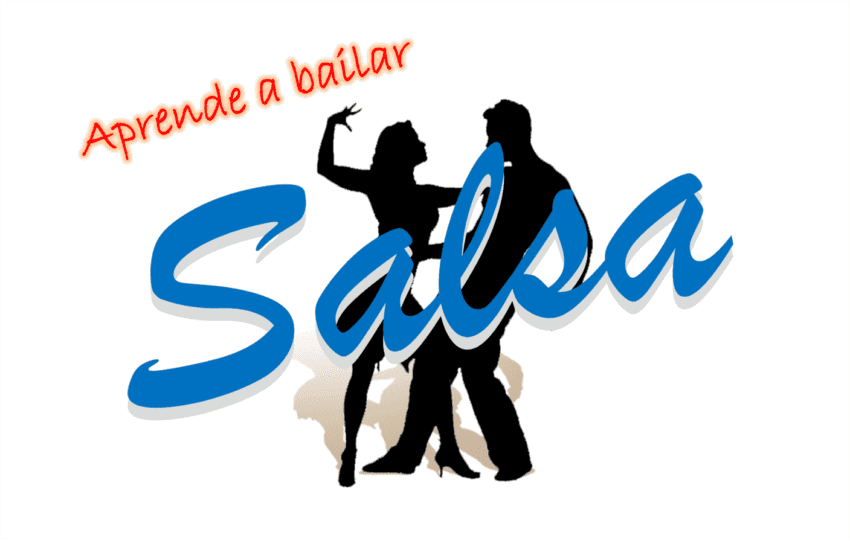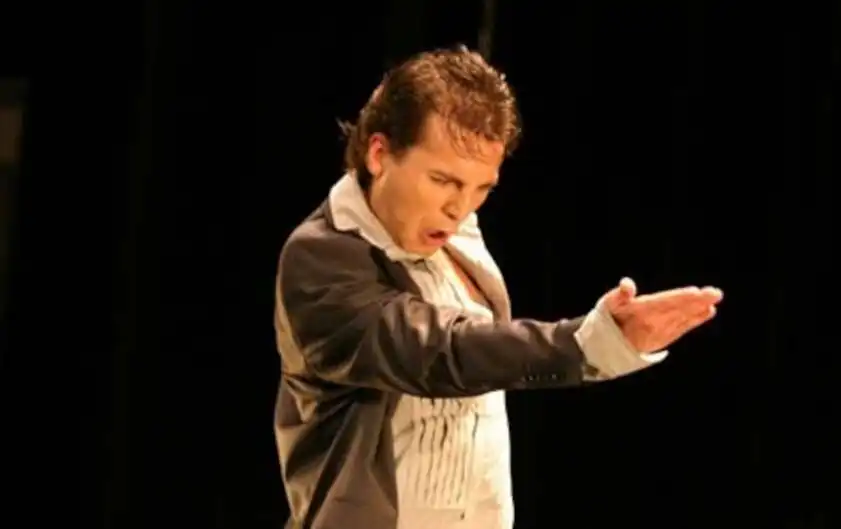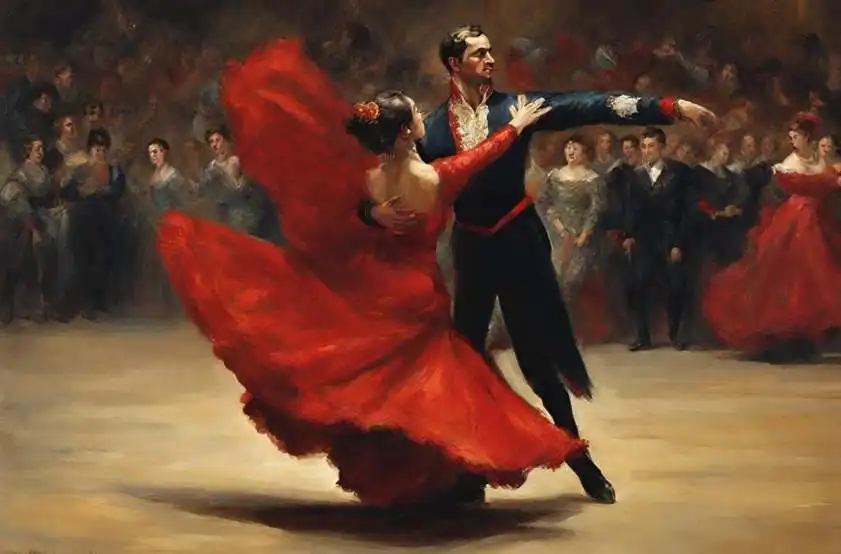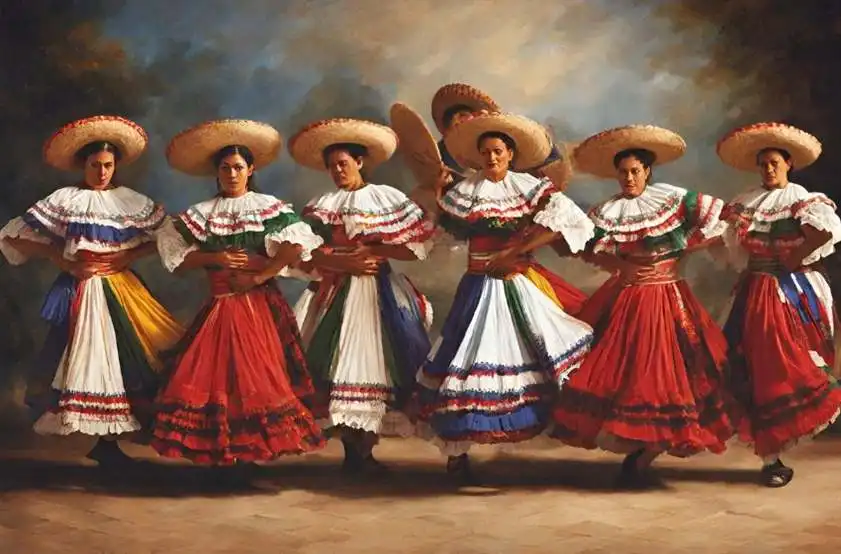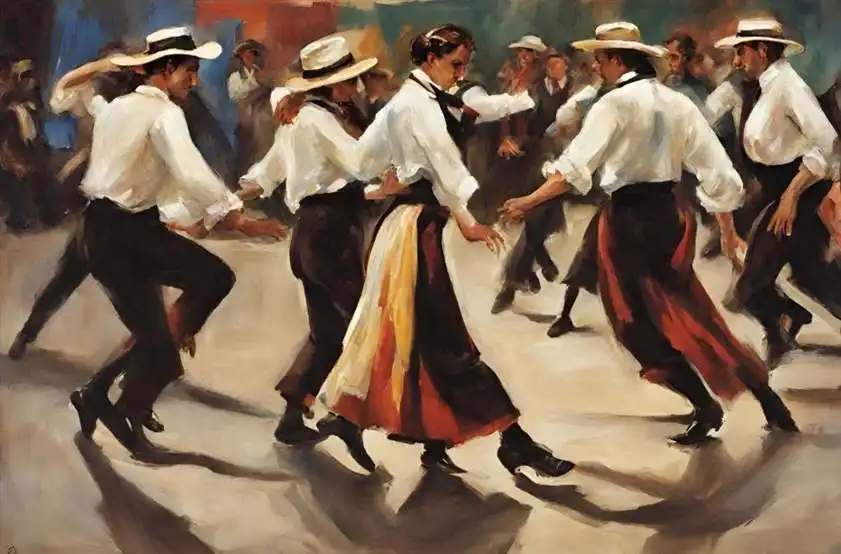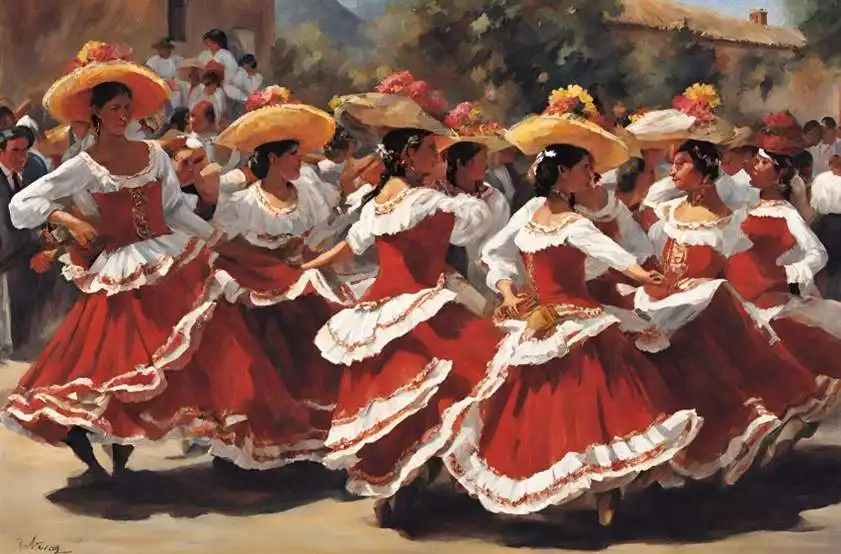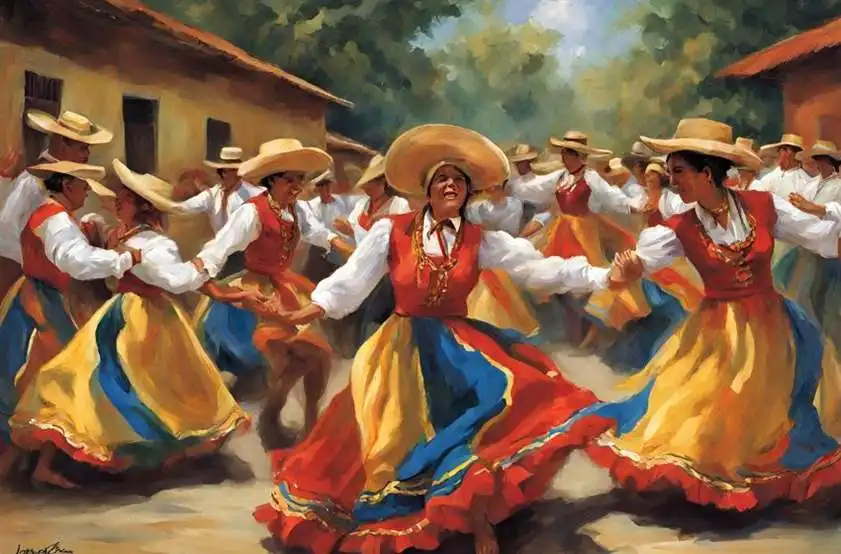Swaying to the Rhythms: The Vibrant Tapestry of National and Regional Dances in the Dominican Republic
Introduction:
The Dominican Republic, a nation on the island of Hispaniola in the Caribbean, boasts a rich cultural heritage reflected in its diverse and lively dance traditions. From the energetic and globally renowned Merengue to the spiritually infused Palo and the colorful celebrations of Carnaval, the national and regional dances of the Dominican Republic are a testament to the island’s dynamic fusion of indigenous, African, and European influences. This exploration aims to unravel the intricacies of the Dominican Republic’s national and regional dances, examining their origins, characteristics, and cultural significance.
I. National Dances:
1.1 Merengue: The Heartbeat of the Dominican Republic
Merengue, often hailed as the national dance of the Dominican Republic, is a rhythmic and lively partner dance that has achieved global recognition. Rooted in a mix of African, Spanish, and indigenous influences, Merengue is characterized by quick footwork, hip movements, and a contagious energy that invites people to the dance floor. The dance’s history is intertwined with the social and cultural fabric of the Dominican Republic, making it a symbol of national pride and unity.
1.2 Bachata: A Soulful Journey of Romance
Bachata, originating in the rural areas of the Dominican Republic, has evolved from a marginalized music genre to a global phenomenon. Initially associated with themes of heartbreak and rural life, Bachata has transformed into a diverse and dynamic dance style. Characterized by close partner connection, sensual movements, and intricate footwork, Bachata is a celebration of romance and emotional expression deeply embedded in Dominican culture.
II. Regional Dances:
2.1 Palo: The Spiritual Dance of the Afro-Dominican Diaspora
Palo, a traditional Afro-Dominican dance, is deeply rooted in the spiritual practices of the island’s Afro-Dominican communities. Characterized by energetic movements, syncopated beats, and the use of ritualistic instruments, Palo serves as a means of connecting with ancestral spirits and preserving African cultural traditions in the Dominican Republic. The dance is often performed during religious ceremonies and celebrations, highlighting the resilience of Afro-Dominican identity.
2.2 Mangulina: Rural Rhythms in the Cibao Region
Mangulina, originating in the Cibao region, is a lively and folkloric dance that captures the essence of rural Dominican life. Accompanied by accordion music and rhythmic drumming, Mangulina involves energetic footwork, hand-clapping, and playful interactions among dancers. The dance celebrates the vibrancy of Dominican rural culture and is often performed during local festivals and events.
2.3 Sarandunga: Cultural Echoes in the Samaná Peninsula
Sarandunga, originating in the Samaná Peninsula, is a traditional dance that showcases the cultural diversity of the Dominican Republic. Influenced by both African and European traditions, Sarandunga is characterized by lively movements, vibrant costumes, and the use of traditional instruments. The dance is often performed during local festivals and events, reflecting the unique cultural heritage of the Samaná Peninsula.
2.4 Carabiné: Celebrating Afro-Dominican Identity
Carabiné, rooted in Afro-Dominican traditions, is a dance that celebrates the resilience and creativity of the island’s Afro-Dominican communities. Characterized by expressive movements, rhythmic footwork, and vibrant costumes, Carabiné serves as a cultural expression that highlights the contributions of Afro-Dominican culture to the broader Dominican identity.
2.5 Guloyas: African Heritage in San Pedro de Macorís
Guloyas, originating in the city of San Pedro de Macorís, is a vibrant dance that celebrates the African heritage of the Dominican Republic. The dance involves colorful costumes, lively drumming, and intricate footwork. Guloyas is often performed during Carnival and other festive occasions, serving as a dynamic expression of Afro-Dominican culture in the context of the broader Dominican Carnival traditions.
III. Characteristics of Dominican Dances:
3.1 Cultural Fusion: A Mosaic of Influences
Dominican dances are characterized by a dynamic mosaic of cultural influences, reflecting the island’s complex history and diverse population. From the European-inspired partner dancing of Merengue to the Afro-Dominican rhythms of Palo and the rural folkloric expressions in Mangulina, each dance form contributes to the rich and varied cultural tapestry of the Dominican Republic.
3.2 Social Interaction: Dance as Community Expression
Dominican dances, particularly Merengue and Bachata, emphasize social interaction and community expression. The close partner connection, intricate footwork, and improvisational elements create a dance language that fosters communication and camaraderie. Dominican dances serve as a vital means of social expression, storytelling, and community celebration.
3.3 Sensuality and Romance: Expressions of Love
Many Dominican dances, especially Bachata, incorporate sensuous movements and gestures that express themes of love and romance. The close connection between dance partners, the intimate embrace, and the expressive footwork contribute to the sensuality and romanticism embedded in Dominican dance traditions.
3.4 Ritualistic Elements: Spiritual and Cultural Connections
Dances like Palo and Sarandunga retain ritualistic elements, forging connections between performers and spiritual or cultural practices. The energetic and spiritual movements of Palo, the cultural echoes in Sarandunga, and the celebratory expressions in Guloyas all highlight the profound spiritual and cultural dimensions embedded in Dominican dance traditions.
3.5 Colorful Costumes: Visual Splendor
Traditional attire plays a crucial role in Dominican dances, serving as visual expressions of cultural identity and regional diversity. The vibrant costumes in Mangulina, the cultural representations in Guloyas, and the lively attire during Carnival celebrations contribute to the visual richness of each performance, reflecting the cultural nuances of different communities.
IV. Influences and Evolution:
4.1 African Heritage: Preserving Ancestral Traditions
Dominican dances, particularly Palo, Guloyas, and Carabiné, often find their roots in African traditions, serving as a means of preserving ancestral knowledge and cultural practices. These dances are a testament to the resilience and continuity of Afro-Dominican heritage in the Dominican Republic.
4.2 European Fusion: Merengue and Bachata
Merengue and Bachata, influenced by European dance forms, showcase the fusion of European and indigenous traditions in the Dominican Republic. While Merengue exhibits the influence of European ballroom dances, Bachata reflects the blending of European-inspired melodies with Afro-Dominican rhythms. Both dances have evolved over time, adapting to contemporary contexts while retaining their cultural essence.
4.3 Carnival Traditions: Cultural Celebrations
Dominican Carnival traditions, including Guloyas and other festive dances, exemplify the ongoing celebration of cultural diversity and identity. These dances have evolved as integral components of Carnival celebrations, adapting to changing times while maintaining their role as expressions of community, creativity, and cultural pride.
4.4 Globalization and Popularization: Merengue and Bachata
Merengue and Bachata, with their infectious rhythms and dynamic movements, have transcended national borders and gained international acclaim. The globalization and popularization of these dance forms have led to their incorporation into global dance scenes, further contributing to the recognition of Dominican cultural expressions on a global scale.
V. Conclusion:
The national and regional dances of the Dominican Republic form a vibrant and diverse tapestry that reflects the country’s cultural richness, historical depth, and geographical diversity. From the globally celebrated Merengue and Bachata to the spiritually infused Palo and the colorful celebrations of Carnival, each dance encapsulates a unique facet of the Dominican Republic’s identity.
As the Dominican Republic continues to evolve, its dances adapt to changing times while holding steadfast to the roots embedded in centuries-old traditions. The dance traditions of the Dominican Republic are a testament to the resilience of its Afro-Dominican, European, and indigenous influences, inviting people to explore the stories, rhythms, and cultural expressions that define the nation. Through each movement, embrace, and celebration, the dances endure as living expressions of a rich and diverse cultural legacy, inviting the world to join in the rhythmic narrative of the Dominican Republic.
More information and reviews:
.- Official page Dominican Republic: the national and regional dances Link here.
.- wikipedia.org -Dominican Republic: the national and regional dances Link here.
.- Youtube.com – Dominican Republic: the national and regional dances Link here.
.- Feature Imagen by Canva Link here.

